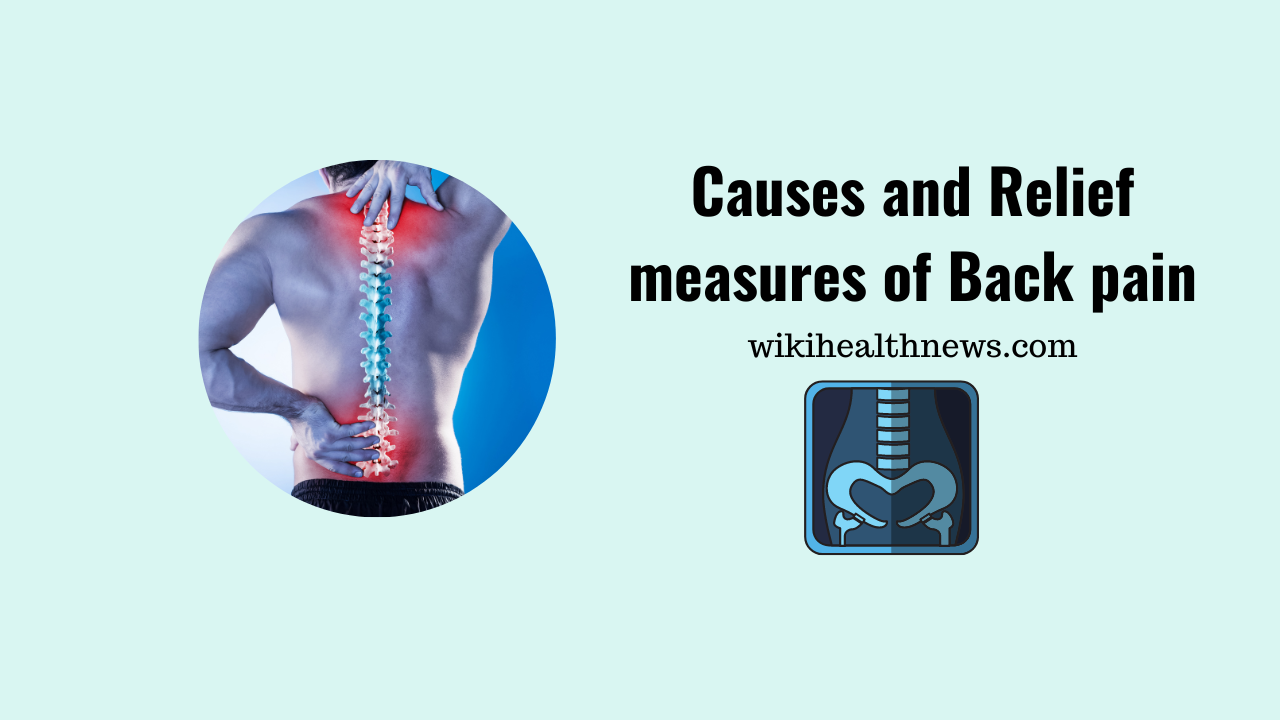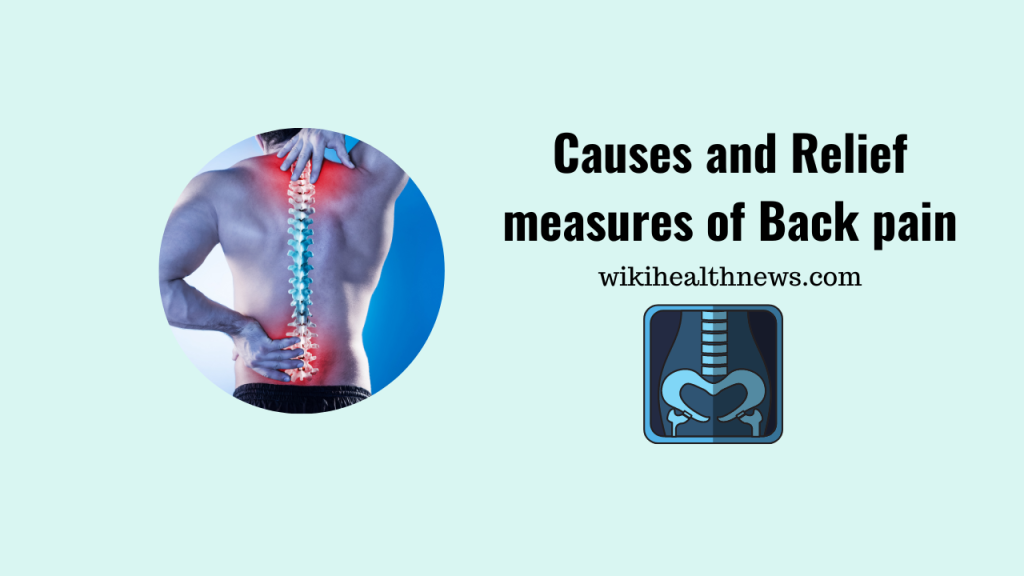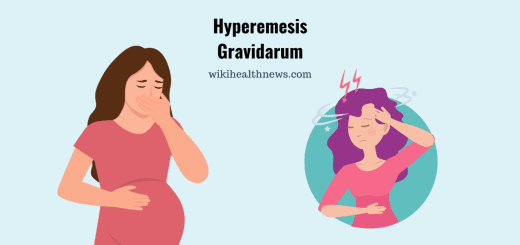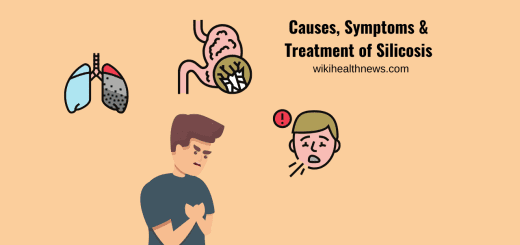Back Pain: Causes and Relief Ideas

Backache is pain that commonly occurs in the lower back region due to strain of a muscle or ligament. Most people suffer from backpain due to lack of awareness and proper exercise.
Causes of back pain
- A human back is composed of a complex structure of muscles, tendons, ligaments, discs and bones, which works together to support the body.
- The spines are cushioned with cartilage-like pads called discs.
- Problems occurring with any of these components can lead to back pain.
- Back ache commonly comes from strain, tension or injury.
- Strain
Recurrent causes of back pain are:
- strained muscles or ligaments
- muscle spasm
- muscle tension
- damaged discs
- injuries, fractures or falls
Activities that lead to spasms include:
- To lift something improperly
- Lifting something that is hefty
- Structural problems
- Ruptured discs: The vertebra in the spine is cushioned by discs. When the disc ruptures pressure on the nerve increases, resulting in back pain.
- Bulging discs: A bulging disc similar to ruptured disc that can result in more pressure on a nerve.
- Sciatica: A sharp shooting pain that travels through the buttocks and radiates down to back of the leg. It is caused by bulging or herniated disc pressing on a nerve.
- Arthritis: Osteoarthritis causes problems with joints in the hips, lower back, and other regions. In certain cases, the space around the spinal cord narrows and is known as spinal stenosis.
- Abnormal curvature of the spine: Back pain can result, if the spine curves are in an unusual way; for example-scoliosis in which the spine curves to sideways.
- Osteoporosis: Vertebrae of the spine including bones become brittle and porous; it makes compression fractures more likely.
- Kidney problems: Kidney stones or infections can cause back pain.
- Movement and posture
Back ache may result from everyday activities or poor posture.
Examples include:
- twisting
- cough or sneezing
- muscle tension
- over-stretching
- bending for long periods or awkwardly
- pushing, pulling, lifting, or carrying something
- standing or sitting for long periods
- straining the neck, while driving or using a computer
- long drive and hunch
- Other causes
- Cancer of the spine
- Infection of the spine
- Sleep disorders
- Cauda equina syndrome: It is a bundle of spinal nerve roots that appear from the lower end of the spinal cord.
- Symptoms include-
- dull pain in the lower back and upper buttocks
- Numbness in the buttocks, genitalia and thighs.
- Bowel and bladder functional disturbances.
- Shingles: Infection that affects the nerves may lead to back ache.
- Other infections: Pelvic inflammatory disease, bladder or kidney infections can also lead to back ache.
Risk factors
- occupational activities
- pregnancy
- a sedentary lifestyle
- poor physical fitness
- older age
- Obesity
- smoking
- strenuous physical exercise or work
- genetic factors
- medical conditions
Symptoms
- Weight loss
- Fever
- Inflammation or swelling on the back
- Persistent back pain
- Pain down the legs
- Pain that reaches below the knees
- A injury, blow or trauma in the back region
- Urinary incontinence
- Difficulty urinating
- Fecal incontinence, or loss of control over bowel movements
- Numbness around the genitals
- Numbness around the anus
- Numbness around the buttocks
Chronic or acute pain
Pain is of two types:
- Acute pain that starts all of a sudden and lasts for up to 5-6 weeks.
- Chronic or long-term pain develops slowly, lasts for a long period for about 3 months, and causes proceeding problems.
Treatment
Home treatment
- Over-the-counter medications are administered for pain relief such as Ibuprofen or other non steroidal anti inflammatory drugs.
- Applying a hot compress or an ice pack to the painful area may also lessen pain.
- Resting from arduous activity can be helpful
Medical treatment
- Medication: Codeine or hydrocodone may be prescribed for short periods but require close monitoring.
- Physical therapy: By applying warm compress, ice pack and electrical stimulation as well as muscle-release techniques to the muscles and soft tissues may help to alleviate pain.
- Cortisone injections: These are injected into the epidural space, around the spinal cord. Cortisone injections are an anti-inflammatory drug which helps to reduce inflammation around the nerve roots.
- Botox: It reduces pain by paralyzing strained muscles in spasm and is helpful for about 3 to 4 months.
- Traction: Pulleys and weights are used to stretch the back to reduce pain
- Cognitive behavioral therapy (CBT): It includes relaxation techniques and maintaining a positive attitude.
Surgery
If a patient has a herniated disk, surgery may be an option, mainly if there is continuous pain and nerve compression which may lead to muscle weakness.
Surgical procedures include:
- Fusion: The two vertebrae are joined together where a bone graft is inserted between them.
- Artificial disc: An artificial disc is inserted which replaces the cushion between the two vertebrae.
- Diskectomy: In this a portion of a disc may be removed if it is pressing against a nerve.
- Partially removing a vertebra: Small sections of a vertebra are removed if it’s pinching the spinal cord or nerves.

Prevention of back pain
- Exercise: Exercising regularly helps to build strength and control body weight.
- Two main types of exercises that an individual can do to reduce the risk of back pain:
- Core-strengthening exercises that work on the abdominal and back muscles by helping to strengthen muscles that protect the back.
- Flexibility training mostly aims at improving the core flexibility, including the hips, spine and upper legs.
- Diet: It includes calcium and vitamin D which are required for bone health which also helps in improving bone weight.
- Smoking: Higher percentages of smokers have back pain incidences than non smoking people.
- Body weight: It plays a significant role in causing back ache. Individuals who carry their weight in the abdominal area versus the Hip area are also at greater risk.
- Posture when standing: Stand upright by head facing forward, back straight, by balancing the body weight evenly on both feet. legs must be kept straight and head in line with the spine.
- Posture when sitting: While sitting a good seat should have good back support, arm rests and a swivel base. If a keyboard is used, the elbows must be at right-angles and the forearms are horizontal.
- Lifting: While lifting things, avoid strain on the back region rather use leg support.
Read More











